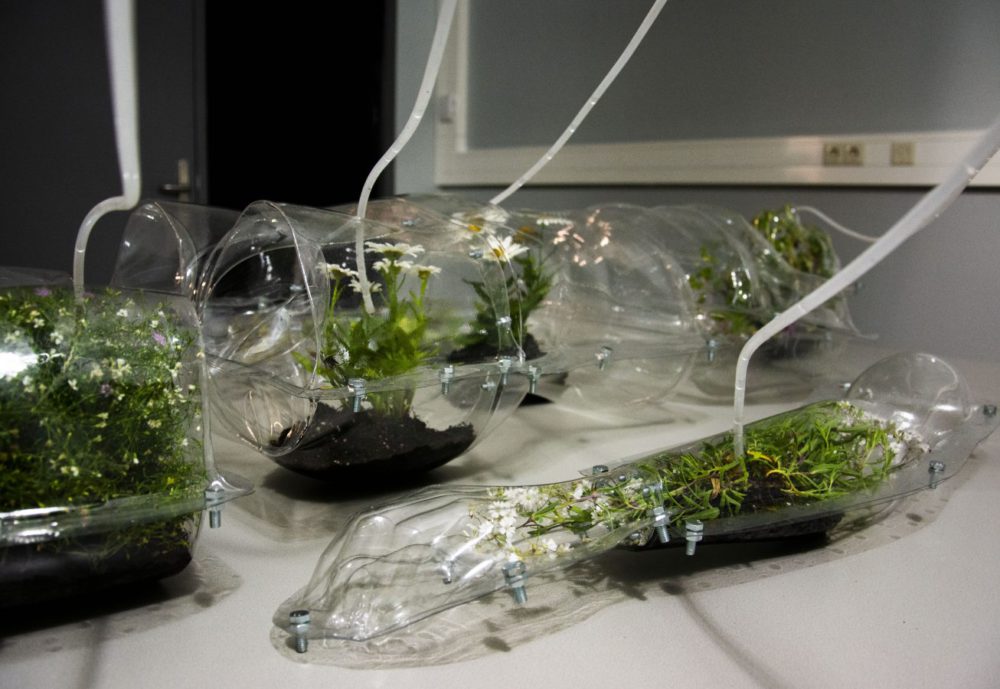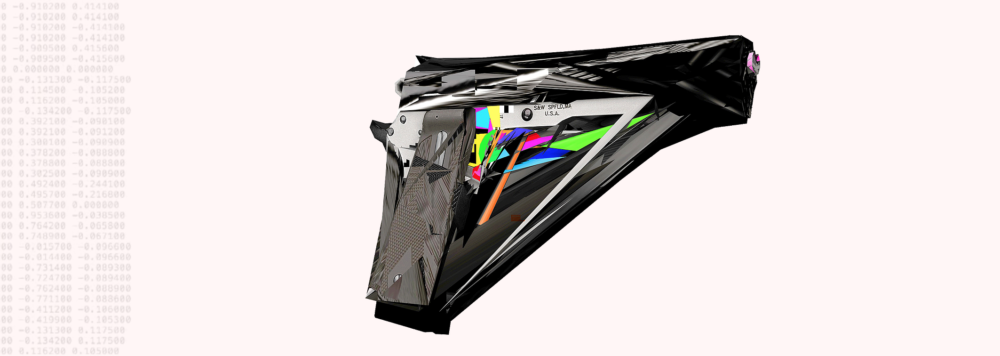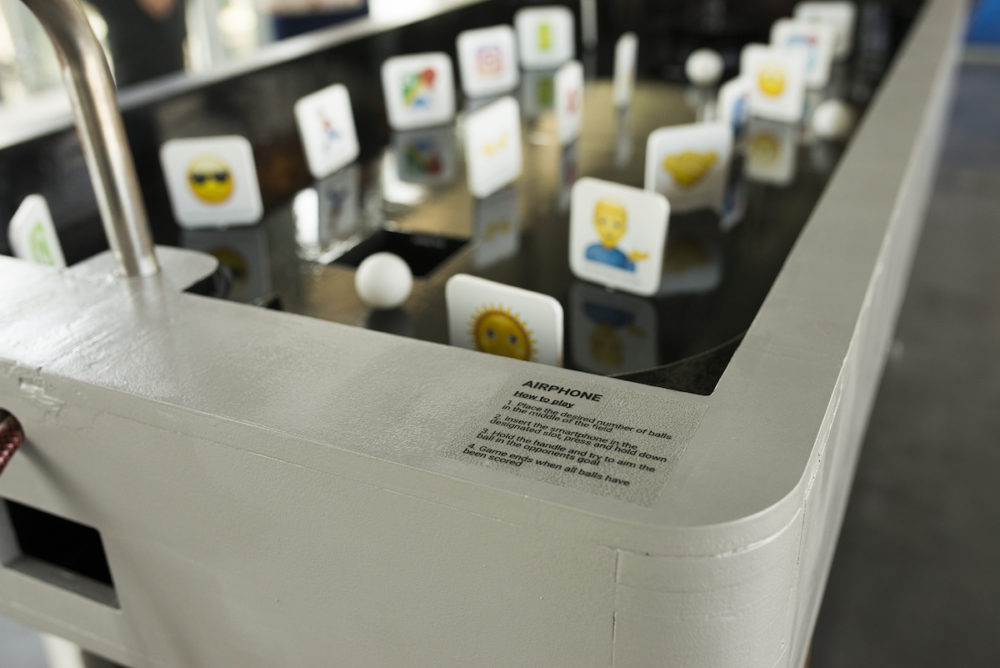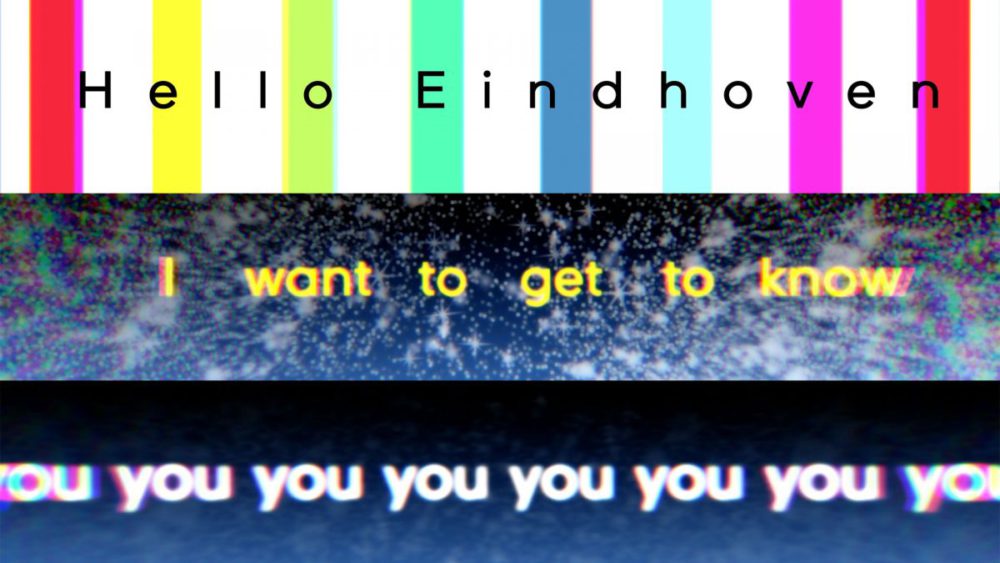Visions of the future
ho
ADI-FAD is working on the event «Design Beyond Technology». As a prelude, discover «Manifestations», which is taking place this Dutch Design Week edition.

ADI-FAD is working on the Design Beyond Technology (DBT) programme, a series of activities which aims to explore different visions of the future and the relationship between design and technology. Under the slogan “Human vs Technology” the programme aims to inspire companies and professionals in the design and technology sector through conferences and workshops.
Technology is often at the centre of any debates about our evolution as a society, and it is of course intimately linked to design, but for years it became the favourite buzzword, a kind of wildcard that went almost unquestioned. Fortunately, these times seem to be up. The quote: “Technology is the answer, but what was the question?” in design, technology and innovation conferences is as ubiquitous as it is worth reminding. Technology as an automatic answer has even proved useless at its best, and dangerous at its worst. We need to start asking the right questions and technology might not even be the right answer but just a tool to enable something else.
This weekend, one of Europe’s most important design and technology hubs: Eindhoven, celebrates its Design Week, and it is reassuring to see in their programme, exhibitions like Manifestations, that don’t take technology for granted but essentially question it. It is also inspiring that they succeed in talking about design, not necessarily through design itself but using art. Design solutions approach technology as a profit-driven solution to increase convenience, and that can be highly misleading. Art approaches technology as a research, a game, a query, and that can spark positive outcomes but also cast some necessary shadows.
The exhibition is appealing precisely because it questions our blind love for technology approaching technological developments with a “Black Mirrorean” concern, and promising to investigate both the ‘matches’ and ‘mismatches’ between people and technology so that we can protect both ourselves and the world in which we are embedded. Indeed, one of the most interesting and tricky aspects of technology is that it is developed by people, but people are also undeniably shaped by technology themselves. This mutual influencing and the reciprocal relationship between technology and humanity has often been overlooked and it is central to design.
On the occasion of the inauguration of Manifestations this weekend in the framework of Dutch Design Week Eindhoven and as a prelude to the Design Beyond Technology programme prepared by ADI-FAD around the design of futures, we have selected five pieces of the exhibition that we find particularly revealing in their depiction of the relationship between humans and technology. If you are in the Netherlands this weekend, do not miss the opportunity to see them for yourself:

Useless Weapons by Alexandra Ehrlich Speiser
The artist has glitched 3D files of weapons by inserting in them peaceful messages or sounds in the code that have modified their structure and functionality. A sabotage that deactivates the danger and threat posed by the original file.

Airphone by John Wei Liang Hoek
A board game in the shape of a giant smartphone that invites you to play reclaiming the physical social interaction that these devices are stealing from us.

Sara from Greenhouse Group
Sara is a voice-controlled robot with a single objective, help you to be the happiest version of yourself.

The Slippery Phish Project Rogier van der Galia
The Slippery Phish Project (Sliding Fish Project) or TSPP, is an awareness campaign about online scams that use real techniques to educate society about cybersecurity.

Sculpture by Xanne van Belz
Xanne Van Belz presents a terrarium in the shape of a human body that limits the growth of the plants it contains, in a clear metaphor of the close connection of the human body with nature and, at the same time, of the limits that the human has imposed on it.
Author: Sol Polo